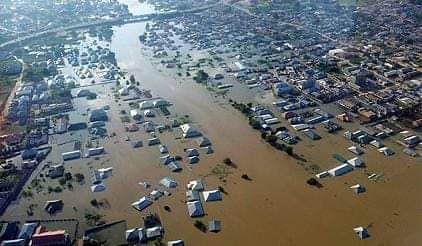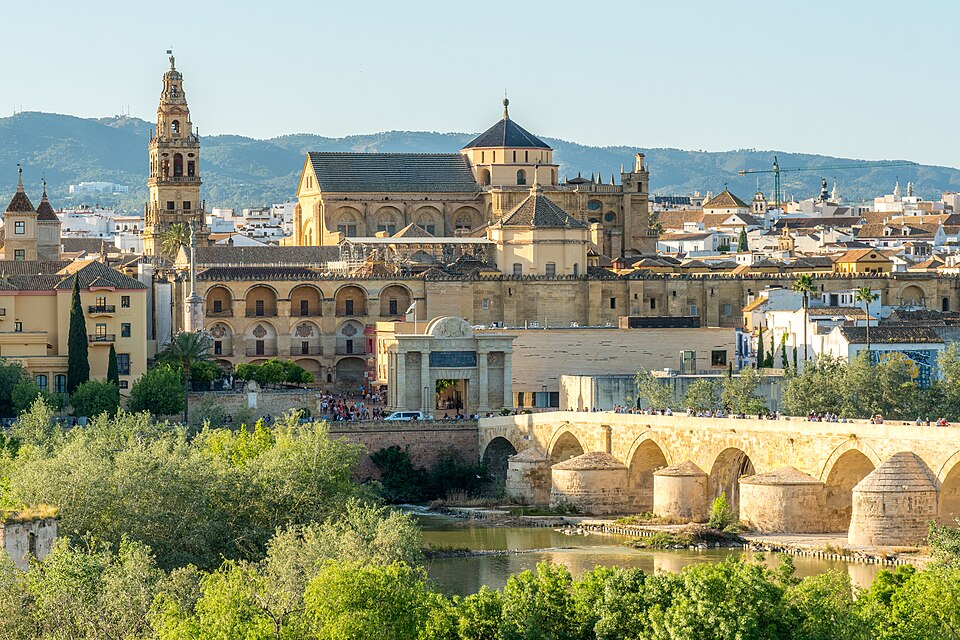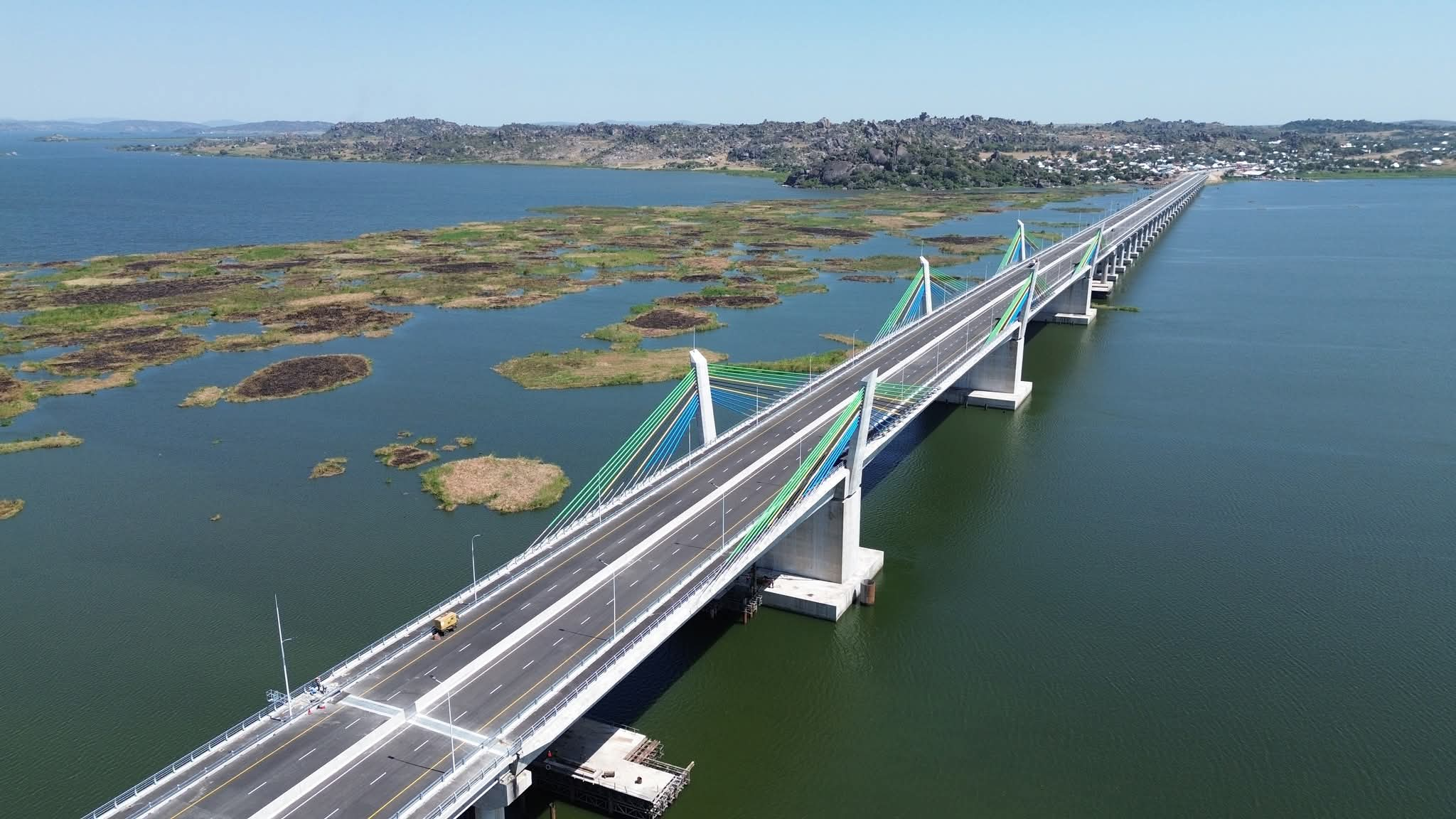Flooding and the Effects of Deforestation in West and Central Africa

Did you know that more than 125,000 people have been displaced by recent flooding across 17 countries in West and Central Africa worsened by deforestation according to a United Nations report?
We know that forests are crucial to fighting global climate change, but another important and perhaps less appreciated aspect is the way they affect the climate on a much more local scale. Research shows that deforestation in West Africa has made storms more frequent and thus increased the risk of disastrous flash flooding in the region’s coastal cities.
Much of West Africa was deforested throughout the 20th century, a process driven by agriculture, international trade in goods like cocoa, and the displacement of people by conflict. The rapid growth of cities, particularly along the coast, is also leading to deforestation in the surrounding regions.
The African Centre of Meteorological Application for Development (ACMAD) reported above average rainfall over West Africa during June 2022 and across western central Africa during July 2022, influenced by la Niña conditions.
The UN’s Office for the Coordination of Humanitarian Affairs (OCHA) said that seasonal rains and floods are severely impacting countries in West and Central Africa including the Republic of Congo, Chad, Liberia, Nigeria, Niger, Democratic Republic of Congo, Gambia, Mauritania, the Central African Republic, Guinea, Cote d’Ivoire, Senegal, Ghana, Cameroon, Mali and Burkina Faso.
As of 16 August 2022, seasonal rains and floods had affected 731,000 people in the region, taking significant toll on human life, property, land, and livestock. Over 250 people have lost their lives and many more have been injured, while some 35,000 houses have been destroyed leaving 126,000 people homeless.
The heavy rains are expected to continue into October. Analysis carried out by OCHA showed countries with the highest risks of flooding based on the rainfall forecast for July to October 2022 include Chad, Côte d’Ivoire, The Gambia, Ghana, Guinea, Guinea Bissau, Mali, Niger, Nigeria, Senegal and Sierra Leone. Many of those countries have a significant number of people residing in areas with high floods exposure.
But why would deforestation affect rainfall? In short, deforested areas get hotter than the remaining forest during the daytime. This warming triggers local breezes, and these atmospheric circulations can kick off storms. The storm trends are particularly strong when deforestation occurs within a few tens of kilometres of the coast. Here rainfall is strongly affected by the sea breeze, with torrential afternoon downpours a common feature as the breeze brings moisture over the land. The sea breeze circulation results from the contrast between the cool ocean and warm land, and since deforestation means warmer land, that temperature difference is enhanced, which intensifies sea breeze storms.
Coastal areas that have experienced substantial deforestation saw afternoon storms happen twice as often compared with 30 years ago, while regions with more stable land cover saw 30-40% increases. The sharp increase in storminess around coastal deforestation hotspots is important because they coincide with many of the region’s cities, for example, Freetown and Monrovia, the capitals of Sierra Leone and Liberia, respectively.
Cities across the region often have inadequate drainage networks, particularly in their informal settlements, and so are very exposed to flash flooding. While it is well understood that removing trees increases runoff during a storm, results show that deforestation also increases the likelihood of intense storms happening in the first place.
Image Credit: NEMA
Sources: Read more on the report https://floodlist.com/africa/west-central-africa-floods-august-2022 https://floodlist.com/africa/deforestation-west-africa-floods
#penglobalgeography


_1755775186.jpg)
